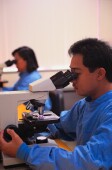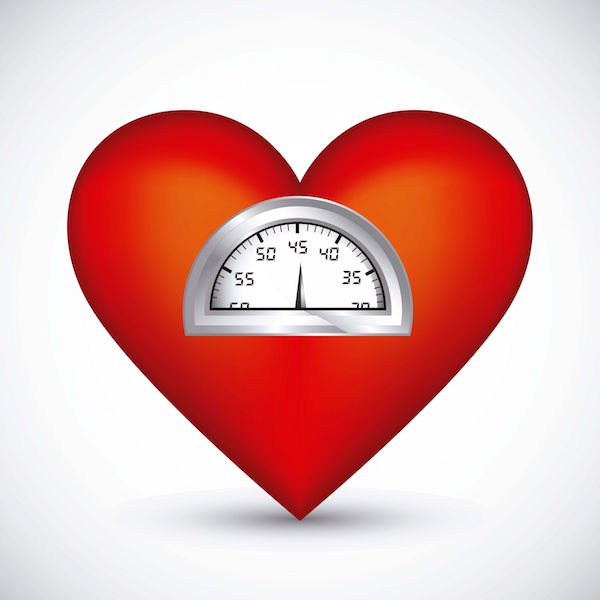
THURSDAY, Aug. 22 (HealthDay News) — Scientists report that they’ve transformed one kind of human heart cell into another in laboratory experiments, a promising development in the bid to find ways to repair damage from heart attacks.
The research is far from ready for prime time, however, and it’s not clear if the strategy will work in live people.
Still, the treatment is a promising approach to regenerating organs “that would harness cells already within a damaged organ and convert them to the type of cells that are needed for that organ to function,” said study co-author Dr. Deepak Srivastava, director and senior investigator at the Gladstone Institute of Cardiovascular Disease in San Francisco.
Heart attack can occur when a blockage in a vessel prevents blood from getting to a part of the heart. A patient who survives a heart attack will be left with dead muscle tissue that’s replaced by scar tissue, Srivastava said. About 5 million heart attack survivors reside in the United States, he noted.
“Right now we don’t have any good way to create new muscle for those individuals,” he said. The only way to replace the damaged muscle is a heart transplant, he said, and only a couple thousand of those are performed each year in the United States.
The researchers want to prevent cells known as “fibroblasts” from creating scar tissue after a heart attack. Fibroblasts make up about half of the cells in the heart, and the idea is to turn them into muscle cells that “beat” — heart-style — by manipulating them with a “cocktail” of five genes, Srivastava said.
Srivastava and colleagues have managed to successfully test their approach in a laboratory dish and in mice that suffered simulated heart attacks. The new study, published Aug. 22 in Stem Cell Reports, aimed to see if the strategy would work in human cells in the laboratory. The researchers report that it did.
There are plenty of caveats. The study authors are concerned about whether the transformed cells could spawn problems in the heart’s electrical system, Srivastava said. That could lead to potentially fatal irregular heartbeats.
The mice that underwent the procedure didn’t suffer from this kind of problem, he said, “but a mouse heart is much smaller than a human heart.”
Researchers also don’t know about the potential cost of using gene therapy to coax cells into transforming themselves, and it’s not clear what side effects might occur in humans. But there’s great potential for repairs of other bodily organs and tissue, Srivastava said, because they all “have nearby support cells that could be called upon for this sort of repair.”
Robert Schwartz, a distinguished professor of biology and biochemistry at the University of Houston, has studied a similar approach. Schwartz said this study’s strategy may be too complex to work in the long run, but he believes the essential idea has plenty of merit.
“Soon we will be able to repair damaged hearts with these kinds of cells as patches,” he said. “We may not generate enough to generate a whole heart. But we will be able to generate cells from the same patient to treat heart disease and heart attacks.”
More information
For more about heart attacks, visit the U.S. National Library of Medicine.
Copyright © 2025 HealthDay. All rights reserved.

